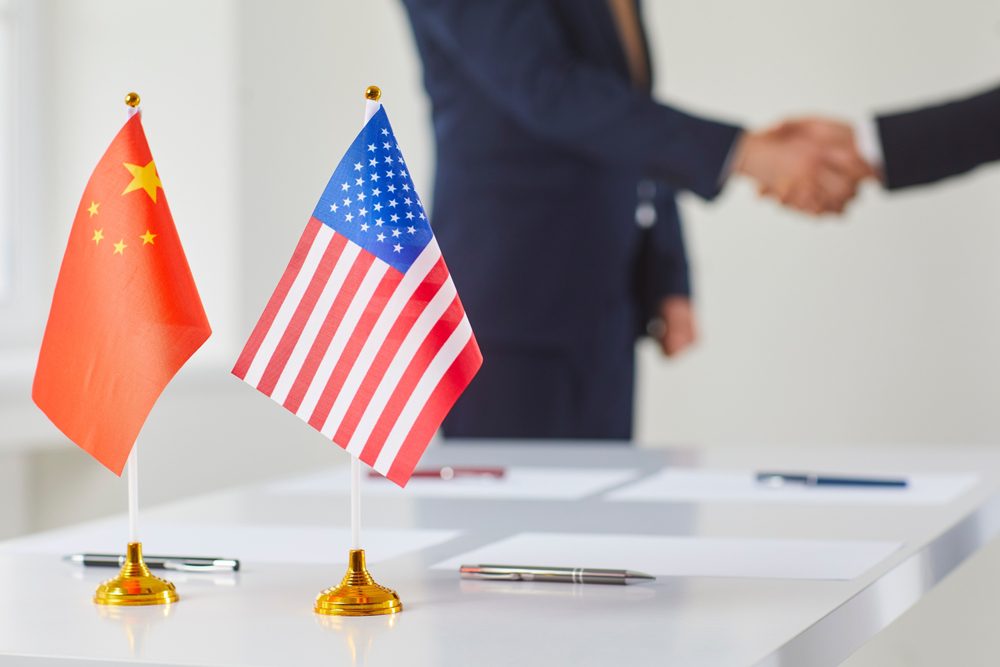The trade relationship between the US and China has been marked by a history of escalation and negotiation on several key issues over the past few years. Recently, China announced that it would impose strict export controls on rare earth minerals, which are critical to global supply chains. In response, President Trump announced a 100% additional tariff on Chinese imports, which is set to take effect on November 1.
With each side seeking leverage, President Trump and Chinese President Xi Jinping met on October 30 to discuss the next phase of the US–China trade relationship. The two sides reached an agreement on important issues moving forward.
Key Outcomes from the US-China Trade Discussion:
- Reduction of the IEEPA Fentanyl Tariff: The US has agreed to reduce the IEEPA tariff on goods from China linked to fentanyl enforcement from 20% to 10%. This change is effective immediately, although full implementation guidance is still pending. Importantly, Section 232 tariffs on upholstered furniture from China remain in effect, meaning these products will continue to face stacked duties.
- Pause on Rare Earth Export Controls: China will implement a one-year pause on its previously announced export restrictions on rare earth minerals. These materials are vital to manufacturing, electronics, and modern supply chains. The pause brings temporary relief and stability to industries reliant on these critical resources.
- Port Fee Freeze: Both countries agreed to a one-year suspension of new or increased port fees on vessels from either nation. This move is expected to reduce cost pressures on shipping and logistics providers and, by extension, on retailers that rely on global freight.
- Agricultural Trade Commitments: China committed to purchasing 25 million metric tons of US soybeans annually for the next three years. These agricultural agreements signal progress in rebalancing trade flows and strengthening US export markets.
- Future Trade Engagements: Negotiations will continue on several high-impact issues, including Chinese purchases of US energy exports and semiconductors, as well as enhanced cooperation in curbing fentanyl trafficking.
The revised, ‘base’ tariff rate for most goods imported from China will now be approximately 45%—comprising a 10% IEEPA fentanyl tariff (reduced from 20%), a 10% reciprocal tariff (reduced from 34% in April 2025 for one year), and a 25% Section 301 tariff from the first Trump administration. With the existing US-China trade extension set to expire on November 12, these new agreements offer much-needed clarity and short-term stability for American retailers.
The Home Furnishings Association will continue to monitor developments and advocate for policies that protect our members’ ability to operate competitively within the global marketplace. As always, we urge our members to stay engaged with our advocacy work and reach out with questions or concerns.










